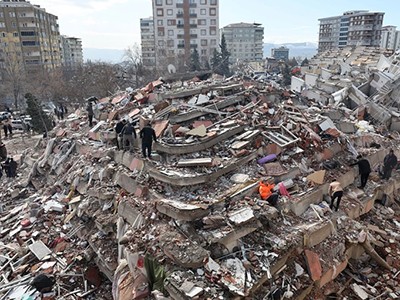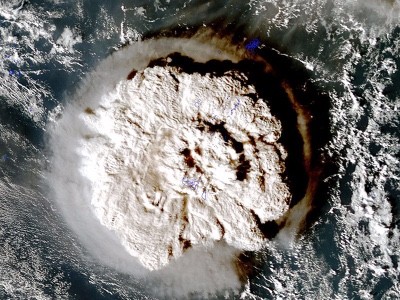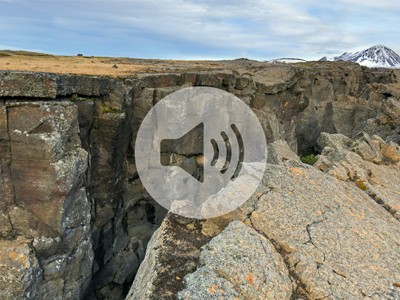Earth’s outer shell suffered a catastrophic break on 6 February last year, when a major fault came to life in southern Turkey. The Anatolian peninsula suddenly lurched to the southwest by as much as 11 metres relative to the Arabian peninsula. Nearly 60,000 people died in one of the most devastating earthquakes of modern times.
An earthquake such as this occurs because Earth’s crust is divided into shifting tectonic plates. The forces behind plate tectonics play a part in determining nearly everything about Earth, from its climate to the evolution of life.
What Turkey’s earthquake tells us about the science of seismic forecasting
Despite its importance, plate tectonics has remained somewhat of a mystery. Since the early twenty-first century, geologists have been gathering data in search of answers as to when and how plate tectonics began. But these studies have produced a mess of often-contradictory results. “You can have 30 people with 30 different specialisms and we will probably come up with 30 different numbers,” says petrologist Michael Brown at the University of Maryland in College Park.
“It is remarkable, the level of uncertainty over the start time of the process that controls the Earth system today and makes for our habitable planet,” says Peter Cawood at Monash University in Melbourne, Australia. The uncertainty is so great that it extends across 85% of the planet’s 4.5-billion-year history, he says.
However, a consensus is slowly starting to take shape. Sifting through years of data, researchers are finding ways to make sense of the various analyses. Although many uncertainties remain, the history of plate tectonics is finally coming into view.
Hidden history
Since the 1960s, geoscientists have recognized that Earth’s outer shell — the lithosphere — is not one single solid piece, but a series of rocky plates that jostle against each other and gradually change position. Over millions of years, oceans widen and narrow, and continents move around the world, sometimes fusing to form vast supercontinents. Older parts of plates sink into Earth’s interior, where they get recycled. The rock mixes with other parts of the planet’s mantle — the semi-molten layer beneath the crust.
Why the Tongan eruption will go down in the history of volcanology
“Earth is the only planet we know that has plate tectonics,” says geologist Nadja Drabon at Harvard University in Cambridge, Massachusetts. It might not be a coincidence that Earth is also the only planet known to harbour life: the constant shuffling and recycling of rocks and minerals releases nutrients into the oceans and creates habitats for life. “That’s really important for Earth’s habitability.”
When Earth formed 4.5 billion years ago, it was much hotter than today: the newborn Earth probably had a magma ocean rather than a solid surface, perhaps something similar to the planet 55 Cancri e, which has been studied by the James Webb Space Telescope. Eventually, the crust cooled, solidified and then broke up into plates that began jostling against each other and migrating around the surface. The big question is: when did all of that happen?
There’s little hope of finding direct evidence from this period because most of the rocks formed in those early days have long since been subducted into Earth’s interior, where they were melted and crushed. The Hadean eon, from Earth’s formation more than 4.5 billion years ago until 4 billion years ago, is the most obscure of all. “There’s no rock record from the Hadean,” says Brown. All that is left are tiny crystals called zircons, which are remnants of those Hadean rocks that later became incorporated into younger rocks.
The geological record of the subsequent Archean eon, which lasted until 2.5 billion years ago, is better but still fragmentary. “Only about 5% of rocks exposed at the surface today are Archean in age,” says Drabon.
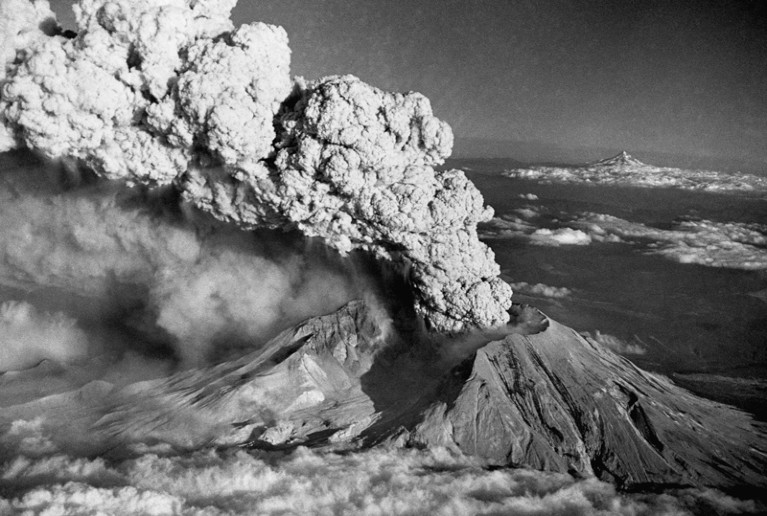
Mount St Helens in Washington State erupted catastrophically in 1980. Along with Mount Hood in the background, it is part of a string of volcanoes that formed over a subducting plate.Credit: Bettmann/Getty
Despite this challenge, geologists have been able to glean that conditions were different in the Archean. “Parts of the rock record are completely different,” says Brown. The chemistry of the surviving rocks indicates that the mantle was hotter in the Archean1: “It’s probably at least 100 °C warmer and it may be as much as 250 °C” than it is today. That means the crust was also warmer, and therefore softer and less dense.
Such conditions aren’t compatible with the kind of plate tectonics seen on today’s planet, which require rigid plates that are dense enough to sink into the mantle at a subduction zone. The implication was that the young Earth did not have plate tectonics as we understand them today. Quite what it had instead is unclear. One possibility is a ‘stagnant lid’: a crust divided into plates that didn’t move much. Alternatively, instead of moving sideways as is the case today, the plates might have shifted up and down, buffeted by upwellings of hot rock.
Geologists have long tried to get a handle on when a more recognizable form of plate tectonics started, by looking for signs of subduction. The trouble is that the available data have pointed in many directions. “None of it provides an unequivocal smoking gun,” says Cawood.
Written in stone
In the past ten years, however, a consensus has been emerging. A key transition seemed to happen around three billion years ago: multiple lines of evidence indicate that the tectonic regime changed profoundly at this time. For example, a 2016 study found that the composition of the crust started to alter around three billion years ago2. Older rocks were mafic: they contained lots of magnesium and iron and were dense. However, by 2.5 billion years ago, rocks were more felsic, meaning they contained more silica and were less dense. The lower density meant that the plates could carry thick continents without sinking. Crucially, felsic rocks form only in the presence of water and heat. Today these rocks are created in subduction zones, so the emergence of felsic rocks between 3 billion and 2.5 billion years ago implies subduction was under way.
PastCast: Plate tectonics – the unifying theory of Earth sciences
“This is well studied,” says geophysicist Johanna Salminen at the University of Helsinki. Several lines of evidence point to a significant shift around three billion years ago, she says. For instance, metal isotopes in preserved rocks indicate that the modern continental crust began forming at this time3. However, other work has pointed to even earlier transitions. In 2017, a study found evidence of felsic rocks as early as 3.5 billion years ago, potentially pushing back the onset of subduction4. In line with that, a 2022 palaeomagnetic study found evidence that tectonic plates were moving horizontally at near-modern speeds 3.25 billion years ago5.
That same year, Drabon and her colleagues pushed back the time frame even further. They studied zircon crystals from the Barberton Greenstone Belt in South Africa. Zircons that were more than 3.8 billion years old held traces of an extremely long-lived crust that had escaped melting for hundreds of millions of years, indicating that there was little or no subduction happening at that time. However, zircons less than 3.8 billion years old seemed to have been part of a younger crust, one that had been reworked through subduction6.
Several studies point to subduction well before 3 billion years ago, possibly even 3.8 billion years ago. But there is substantial debate about how widespread this early subduction was. “I think it’s a question of when you believe you can first see it as a global phenomenon,” says Brown. Much of the early evidence of subduction seems to reflect localized or short-lived processes, he says.
Some episodes of subduction might have been triggered by meteorite impacts, according to simulations of such strikes7. And a 2022 study of the Archean continental crust concluded that subduction was localized until at least 2.7 billion years ago8.
By contrast, true plate tectonics is global and continuous. Hard evidence of that only emerges around 2.2 billion years ago, Brown says. That’s when the oldest known supercontinent, dubbed Nuna or Columbia, was forming — reflecting a global process9.
Yet, even after that, the system kept changing. Rocks such as blueschists can form only when subducted rock is both dense and cold, and therefore sinks deep into the mantle. They appear in the rock record only about 800 million years ago, suggesting to some researchers that modern plate tectonics didn’t get going until then.
Step changes
To make sense of the emerging evidence, Cawood and his colleagues set out a possible scenario in 2022, in which they described seven phases of Earth history. The phases were all of different durations, ranging from more than 100 million to one billion years. Each was characterized by a particular mix of rock types, reflecting changes in the behaviour of the crust and mantle. The team identified everything that happened after 2.5–1.8 billion years ago as operating in “a plate tectonic framework”10 (see ‘An origin story for plate tectonics’).
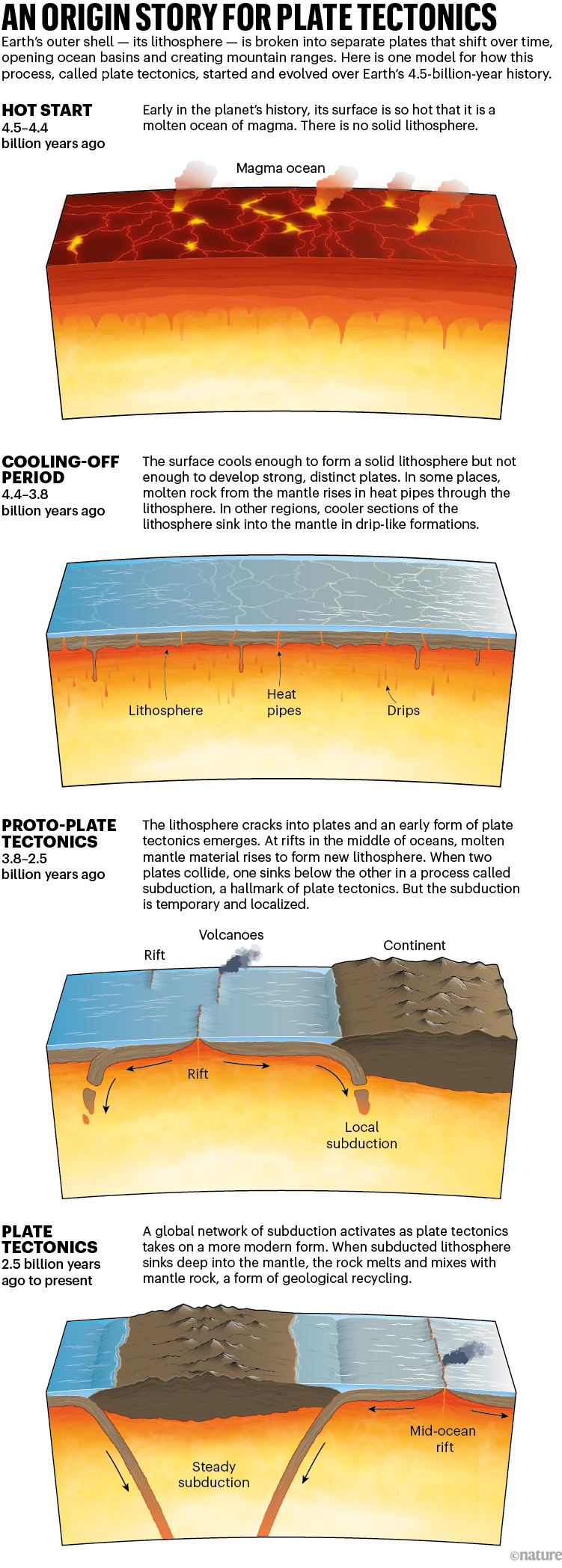
“I was really excited when I read that paper,” says Drabon. Although the exact details of the stages remain “a little bit up in the air”, she says, “I think they’re on the right track.”
Drabon’s team added new insights in a study published in May. She and her colleagues found evidence of deformed rocks from between 3.4 billion and 3.3 billion years ago, indicating that mountains were being formed then11.
And in a review published in July, Cawood and his colleagues gathered yet more evidence that a “primitive form of subduction”, which was short-lived and localized, operated in the Archean. Between 2.8 billion and 2.6 billion years ago, these isolated subduction zones gradually linked up to form a global network12.
What’s new is the agreement that the onset of plate tectonics was a process that played out in multiple stages over a long time. “It’s not a light switch,” says Brown. “It’s not a switch where we go from not-plate-tectonics to plate tectonics.”



